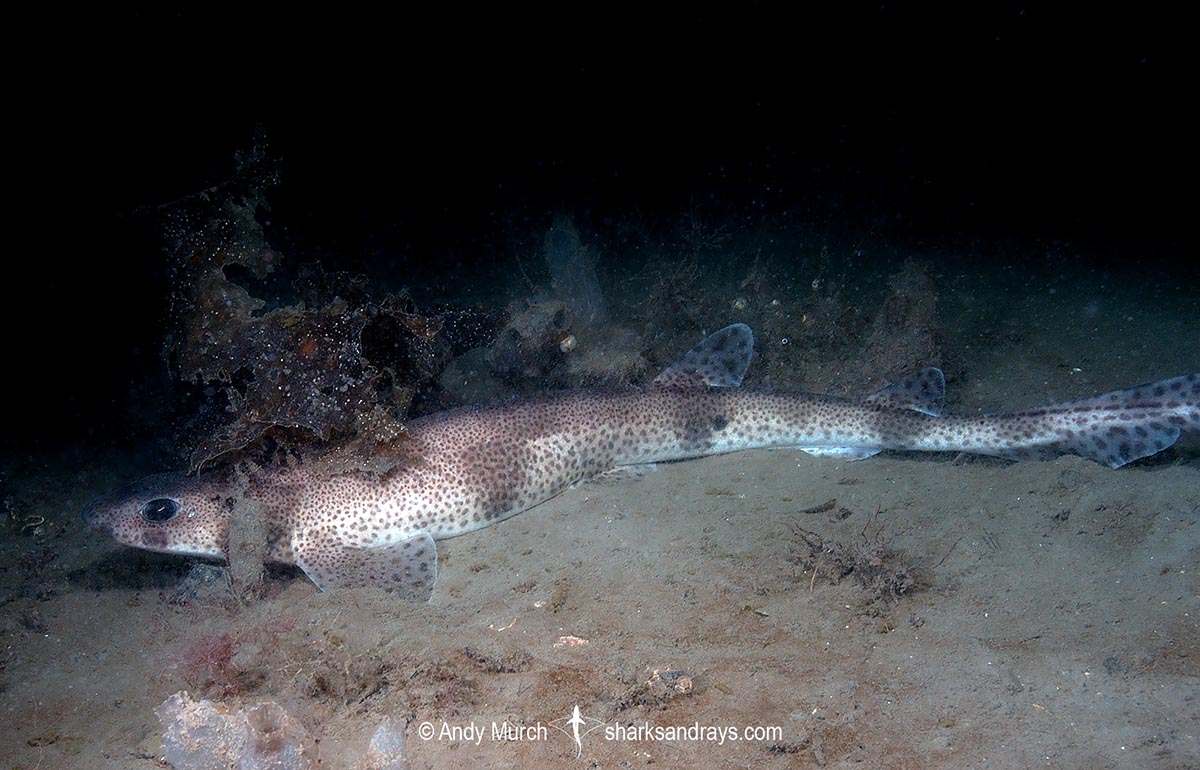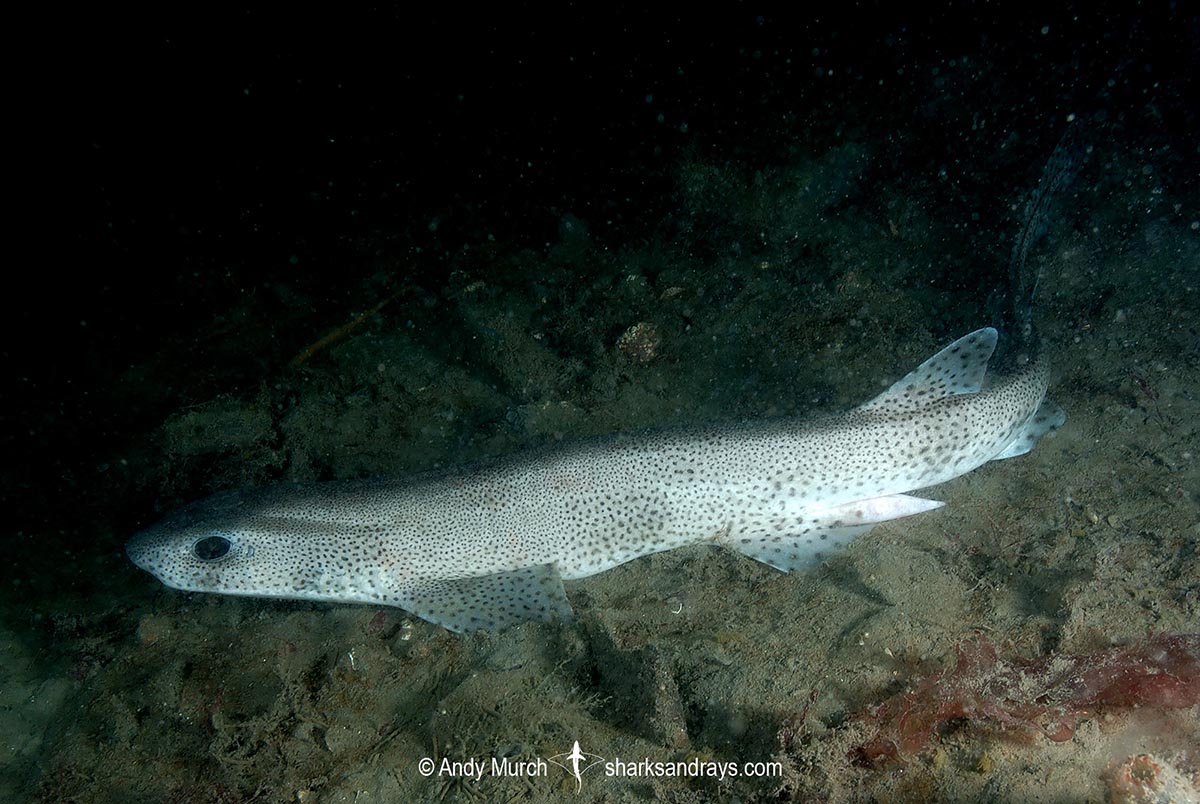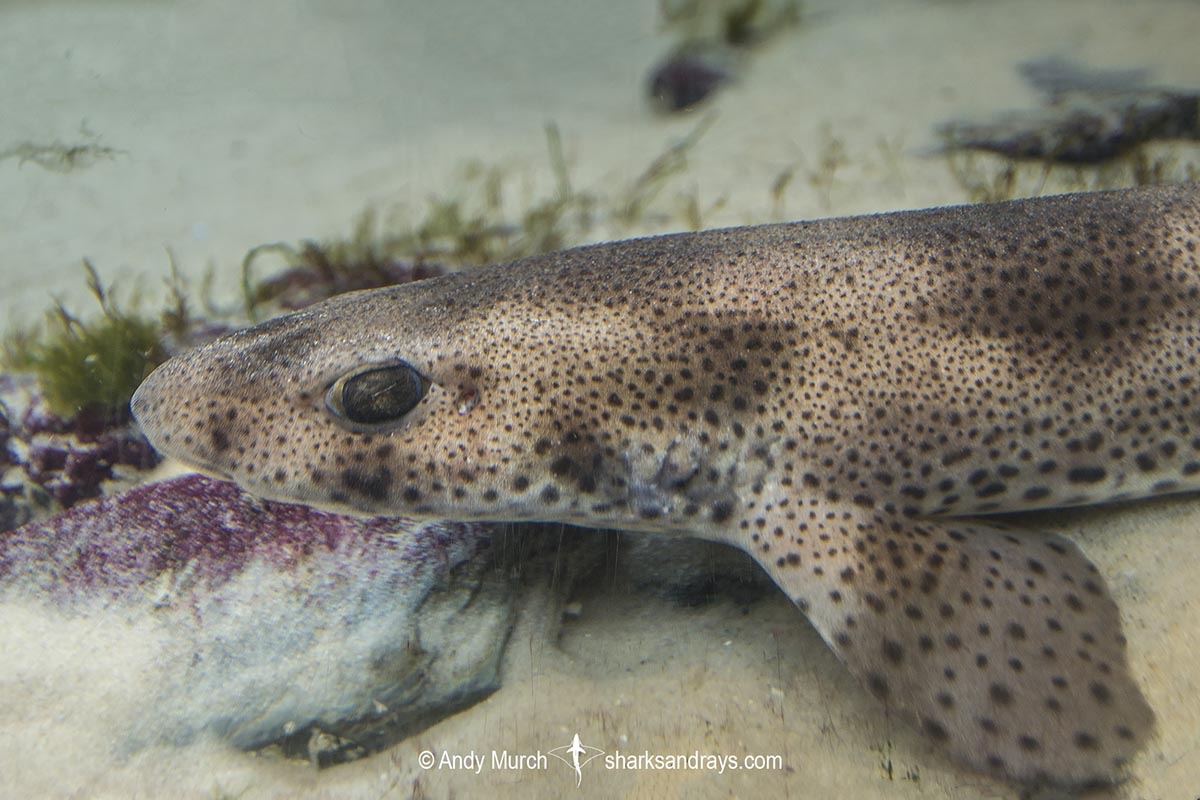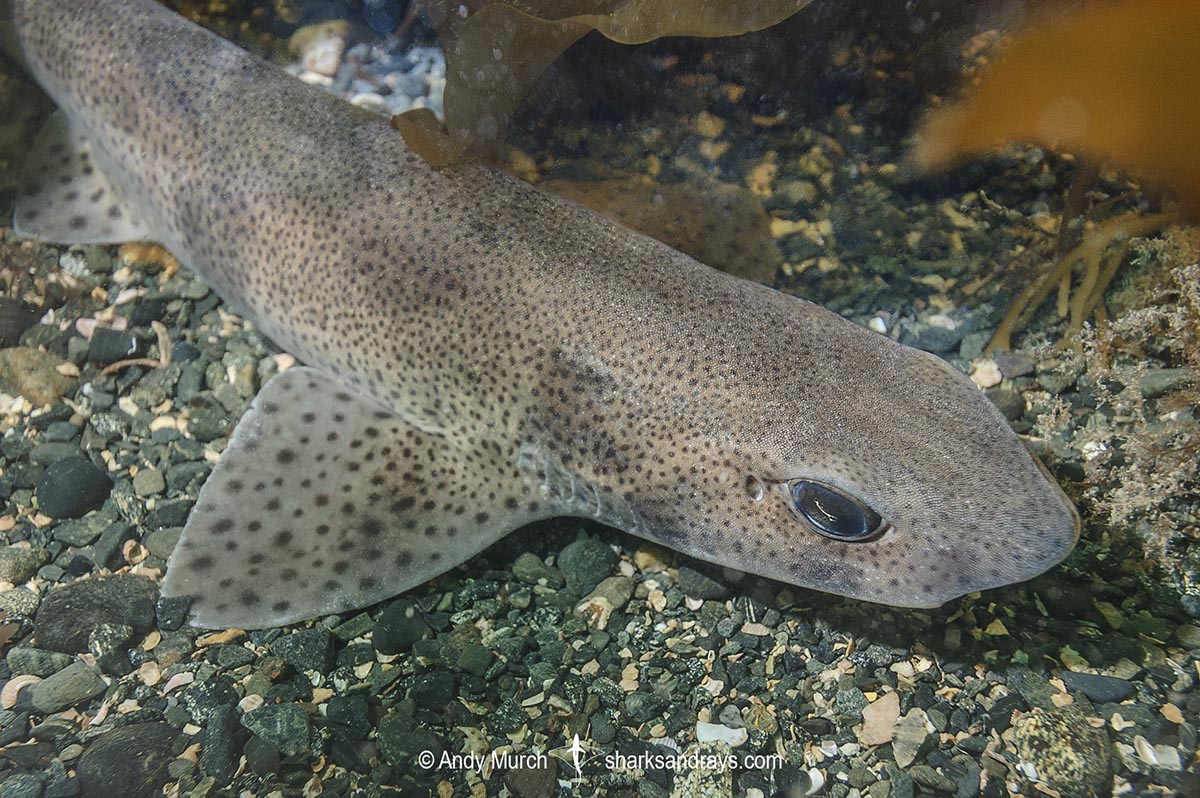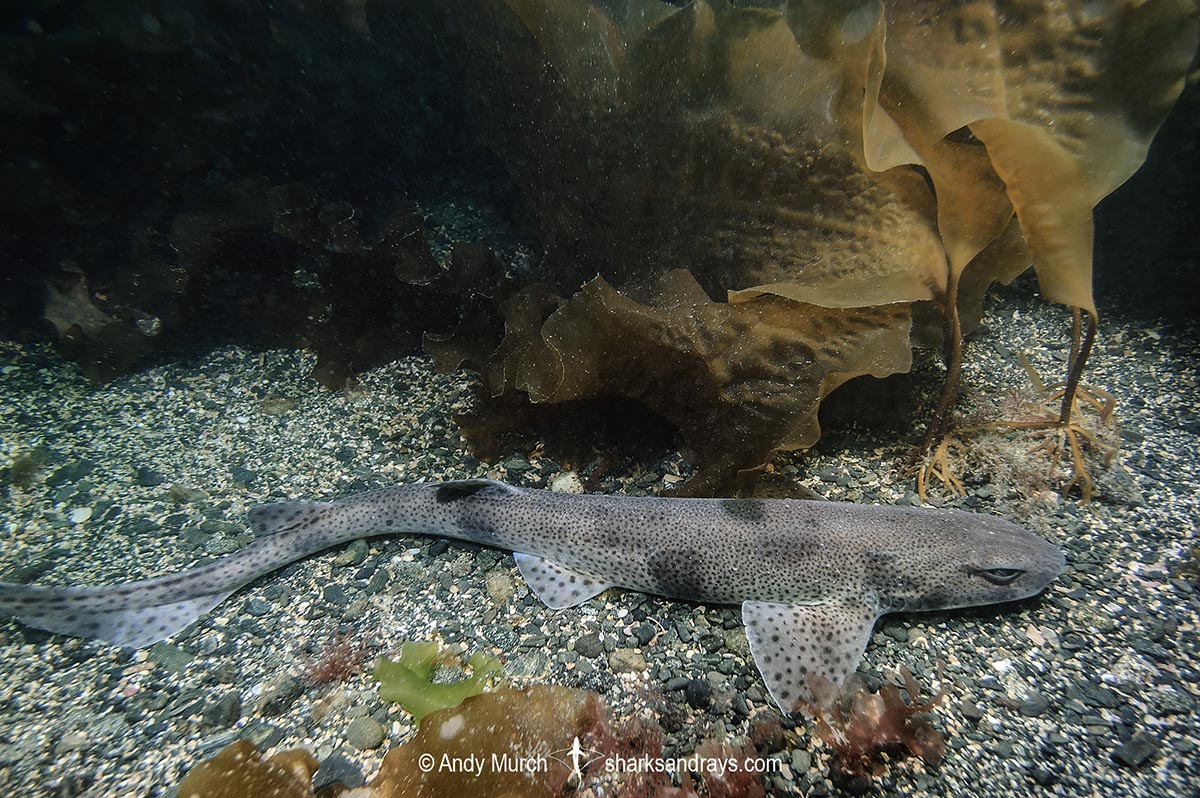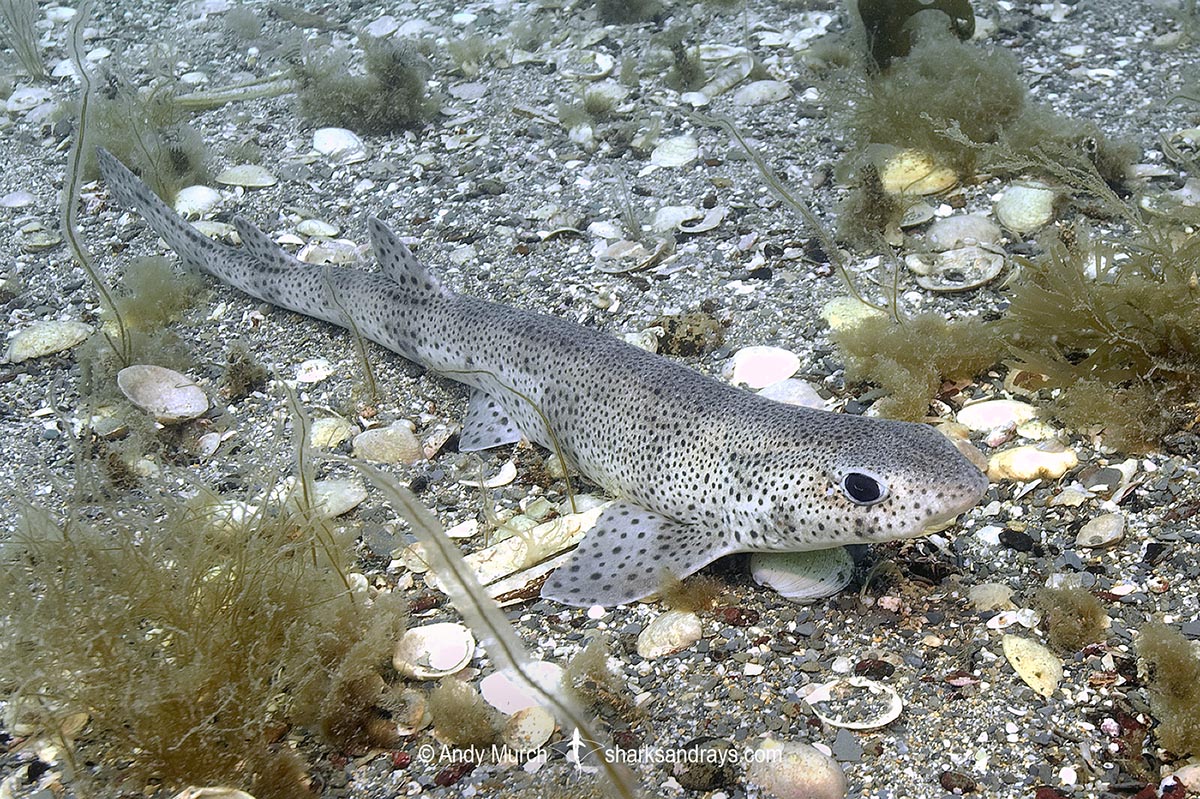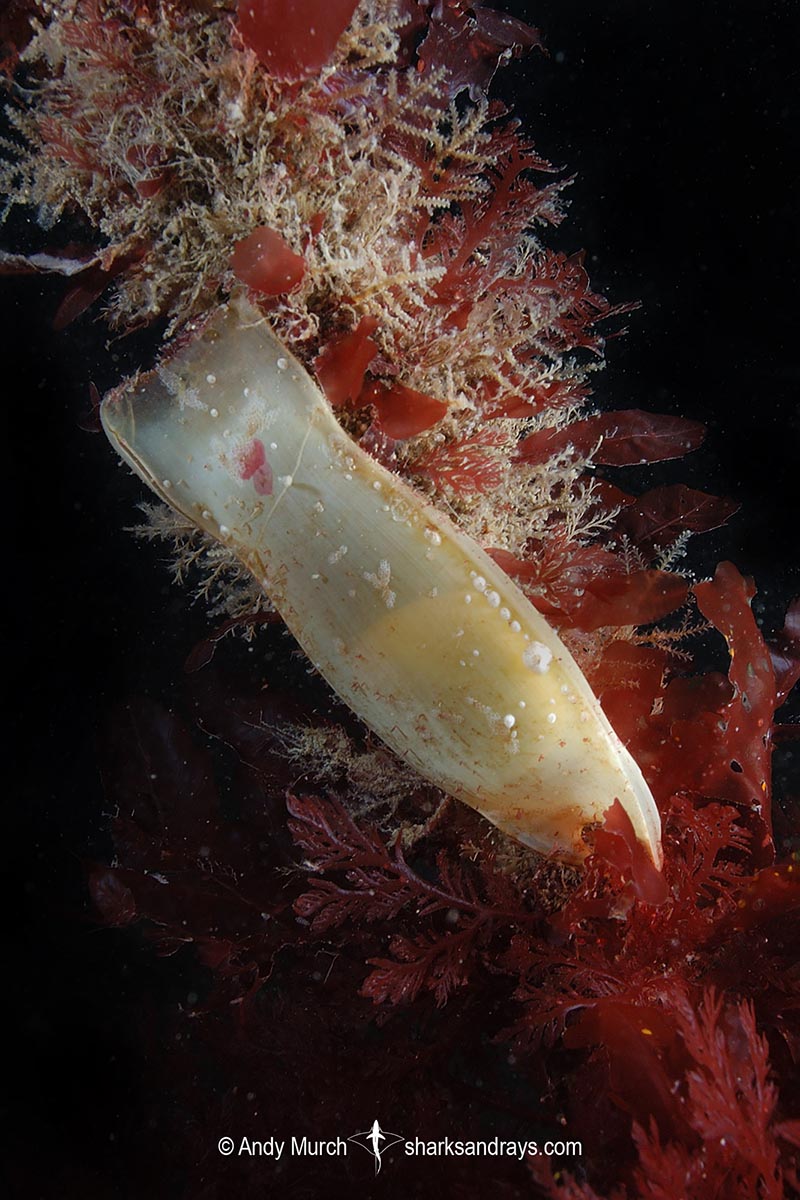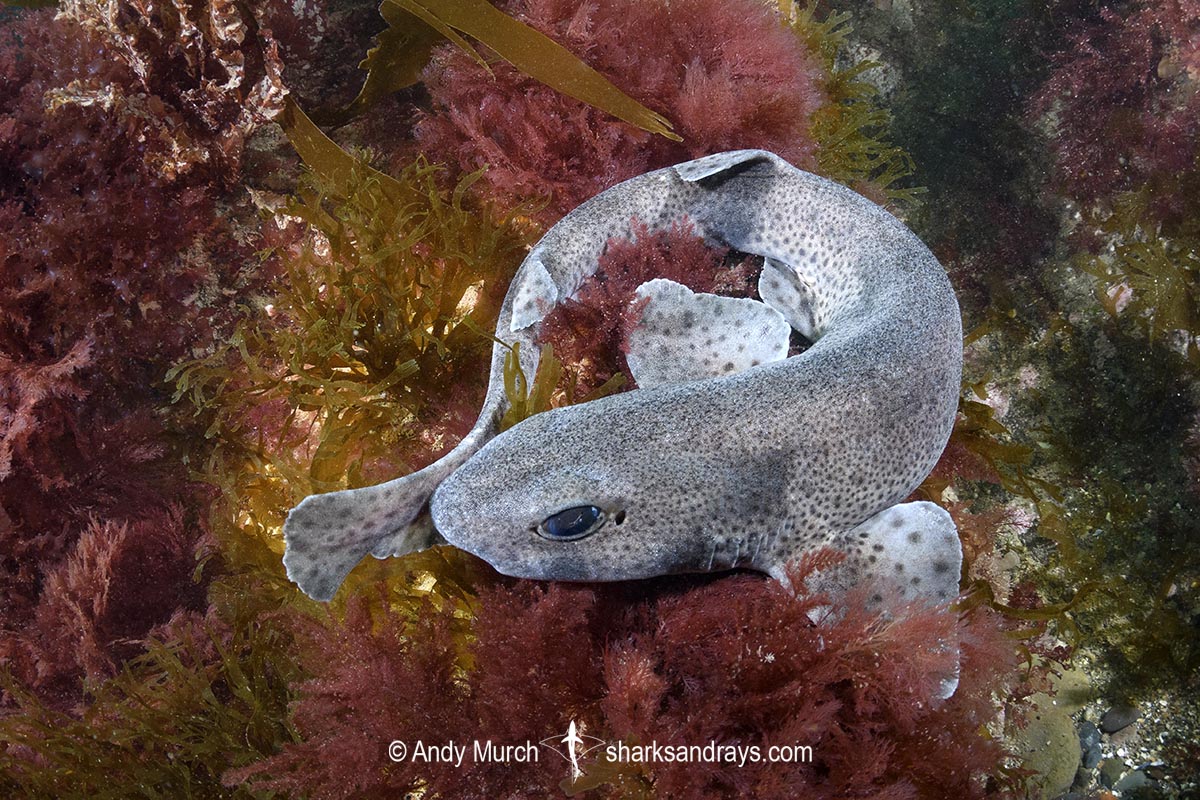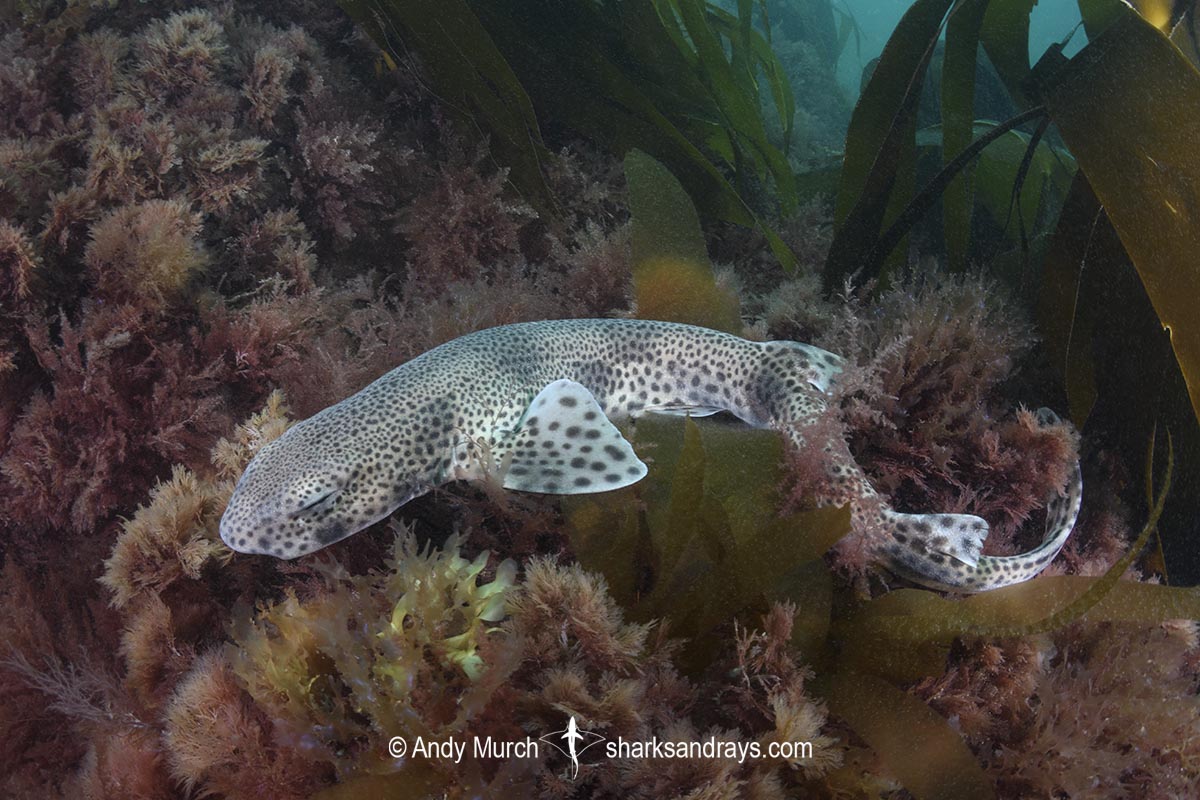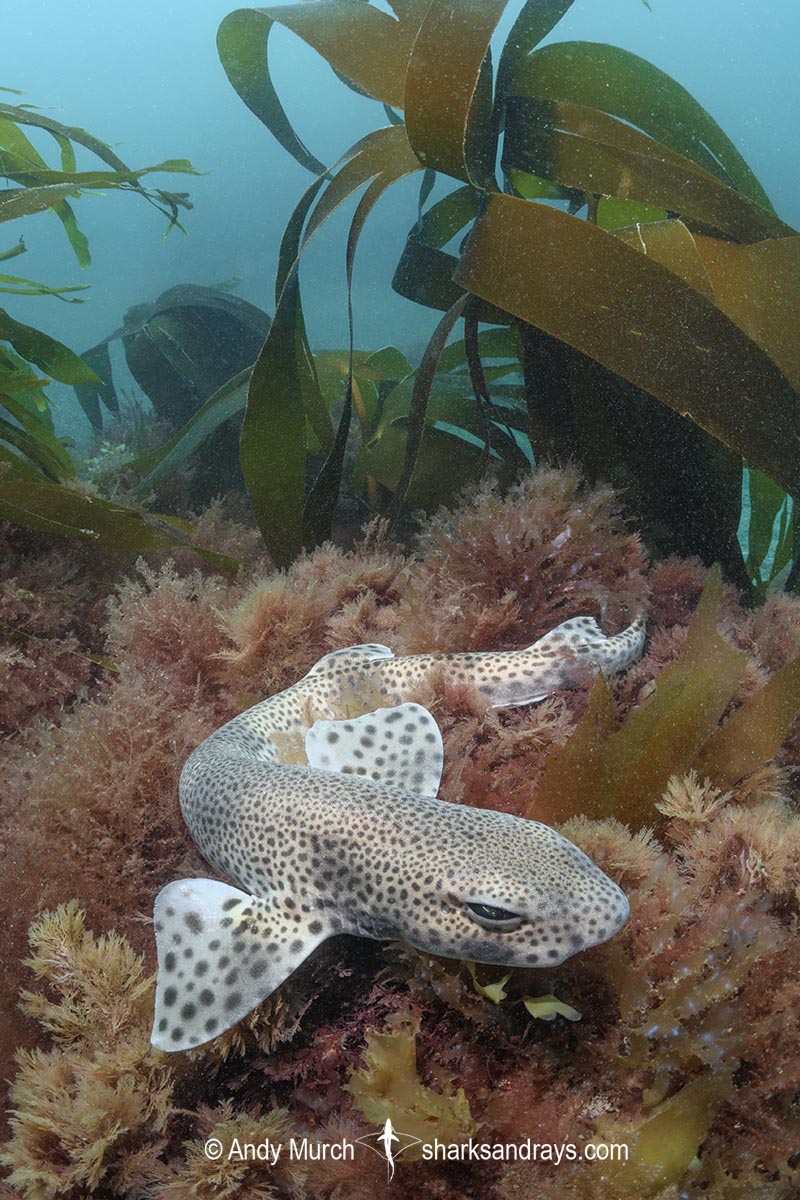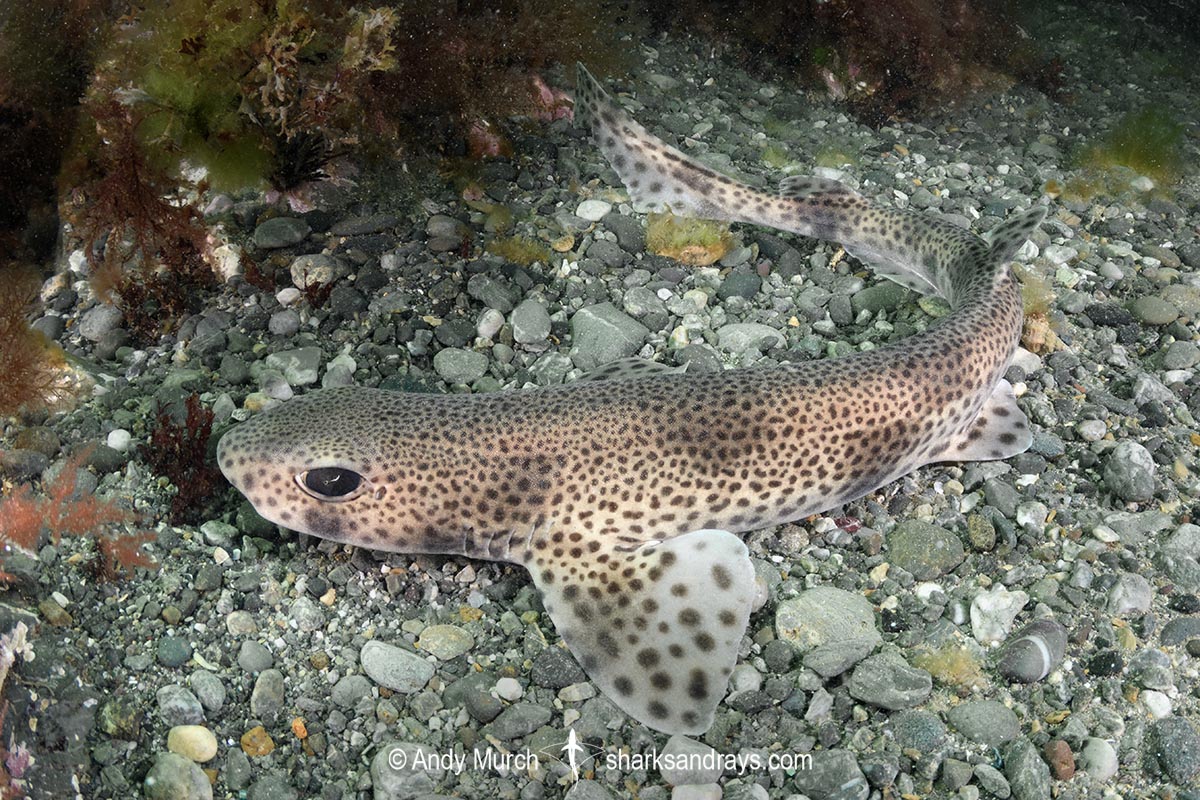Common names
Smallspotted Catshark, Lesser-spotted Catshark, Small/Lesser-spotted Dogfish.
Binomial
Scyliorhinus canicula.
Synonyms
Catulus caniculus, Haploblepharus caniculus, Sciliorhinus caniculus, Scyliorhinus canicula albomaculata, Scyliorhinus caniculus, Scyliorhinus cannicula, Scyllium acutidens, Scyllium canicula, Scyllium caniculus, Scyllium catulus, Scyllium spinacipellitum, Squalus canicula, Squalus catulus, Squalus elegans.
Identification
A slender bodied catshark. Snout short and rounded. Inner labial furrows extend forward almost to mouth. First dorsal origin approximately midway between with pelvic fin insertion and free rear tip. Second dorsal fin origin level with anal fin insertion. First dorsal larger than second dorsal. Anal fin long and low. Dorsal coloration light grey or beige, usually with dusky saddles and many tightly-spaced, very small, dark spots. Saddles may be indistinct. Fin spots slightly larger and less concentrated that spots on body.
Size
Maximum size in the North Sea 100cm. Max size in the Mediterranean Sea approx. 60cm.
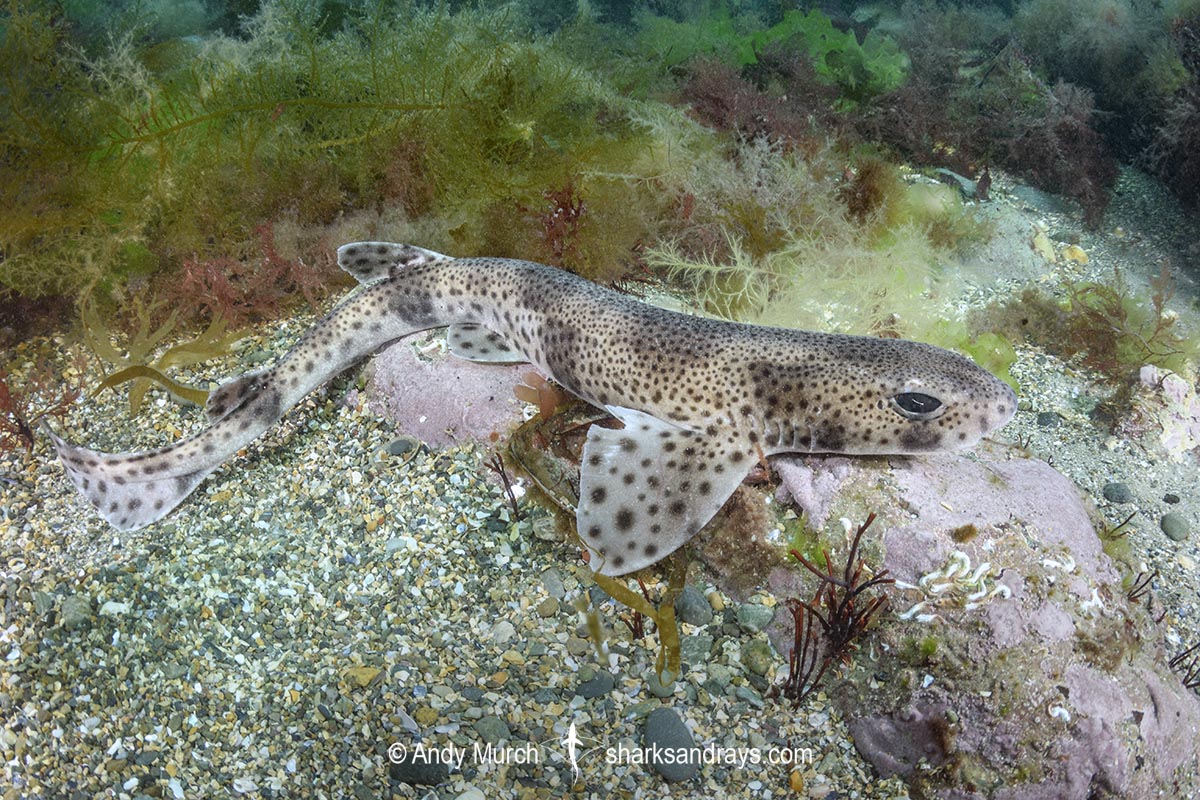
Conservation Status
LEAST CONCERN
Currently, the lesserspotted catshark is the most abundant species of shark in the Northeast Atlantic. Although it is regularly caught in various fisheries and marketed for consumption in some countries, Scyliohinus canicula’s wide geographic and depth ranges have afforded it enough natural protection to maintain a relatively stable population.
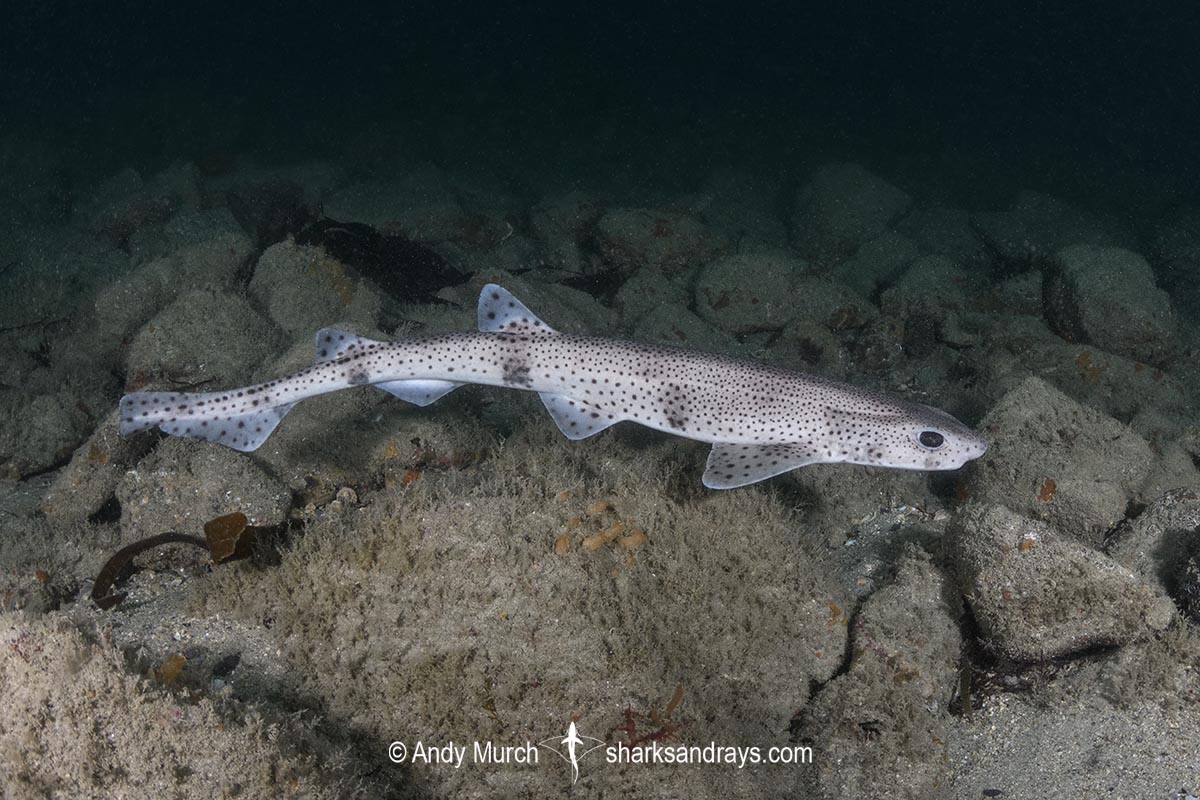
Habitat
Rocky, sandy or muddy substrates from outer continental shelf to close inshore including estuaries.Usually close inshore to 150m in the north. Deeper to 400m max. in the south.
Distribution
Widespread and abundant in the eastern North Atlantic and Mediterranean. Present from Norway to Senegal in West Africa.
Reproduction
Oviparous. Deposits egg capsules (in pairs) year round, but mostly between November and July. Eggs are often attached to kelp stalks when in shallow enough water. In deeper habitats, egg-cases are deposited on sessile invertebrates, including sponges, hydroids, soft corals and bryozoans.
Diet
Hunts for bottom dwelling invertebrates (crustaceans, gastropds, cephalopods, and worms) and small bony fishes.
Behavior
Adults often form large, single sex aggregations.
Reaction to divers
Easily approached when found resting on the sea floor. Will bolt if approached too quickly or aggressively.
Diving logistics
Quite common around the UK, especially on the south and west coasts. I have seen this species at virtually every dive site in Wales and Cornwall so it should not be hard to track down when diving in shallow kelp forests.
As one of many examples, the Isle of Skomer is a beautiful dive spot off of the western tip of Wales. Well worth a summer trip for catsharks, diving puffins, and generally excellent diving.
Another good spot is the tiny town of Porthkerris on the south coast of Cornwall. Best known for basking sharks in early summer, it also has a nice kelpy shore dive where you are almost certain to bump into a smallspotted catshark or two.
Similar species
Nursehound Distinguished by larger size, and larger, more widely spaced dark spots.
Duhamel’s Catshark Distinguished by diffused or indefinite brown spots and blotches, varying greatly in colour, especially toward the back, where the spots are darker, somewhat fused, and intermixed with white spots. Adriatic and Mediterranean Seas, along the continental shelves of Croatia, Greece, Tunisia and Algeria.

